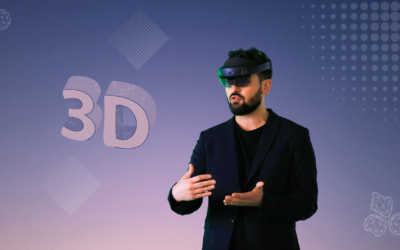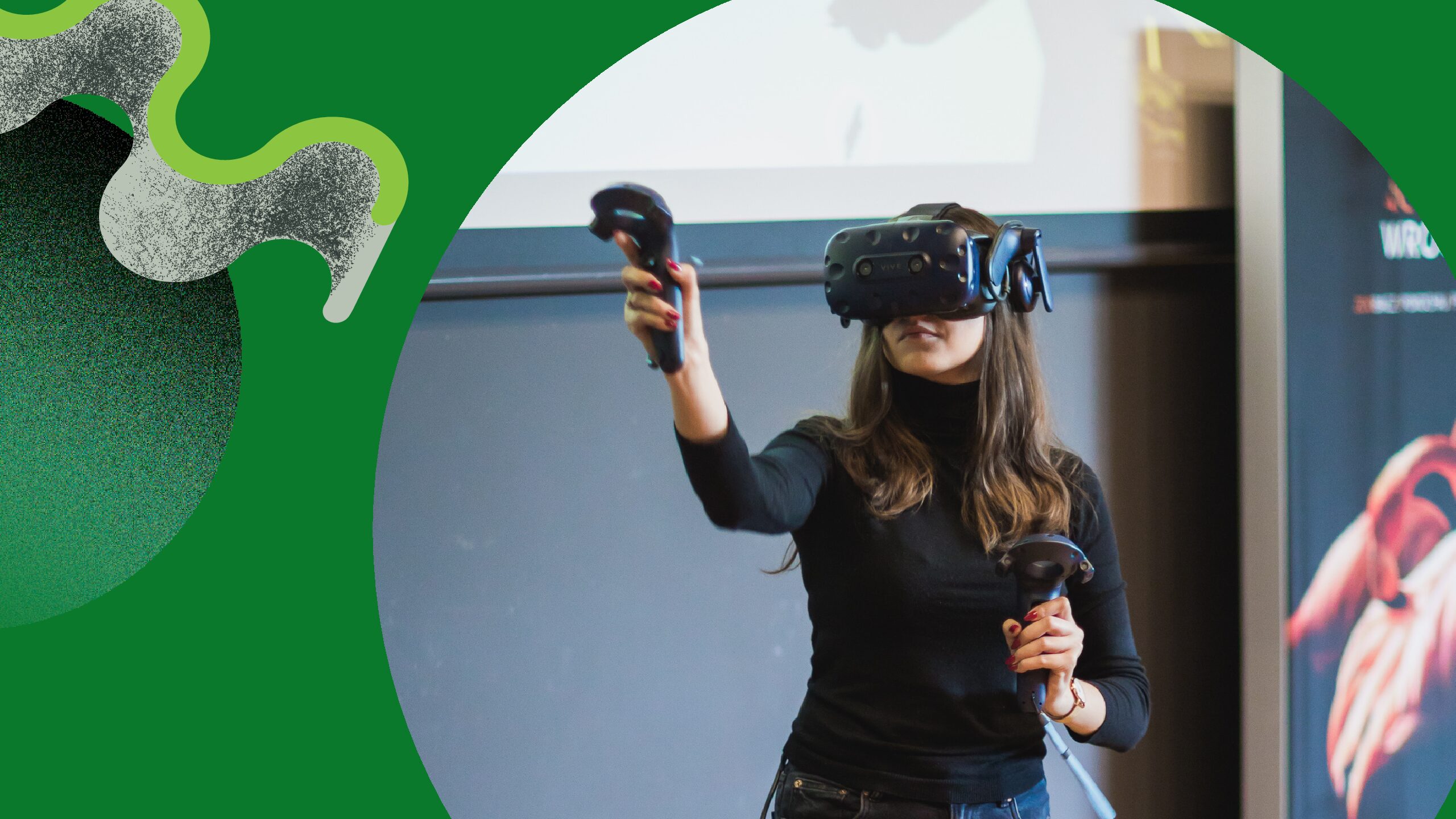- Veterinary medicine is a constantly evolving field, and the solutions used in the treatment of humans are more often used when it comes to taking care of animals’ health.
- Not just schools but also universities start introducing immersive teaching techniques, including VR.
- The use of VR technology in veterinary medicine allows students to get used to the so-called surgical fisticuff, which is not only reassuring to the students but also to the animals in any sickness.

- 1. The use of VR technology in teaching veterinary medicine
- 2. Modern veterinary medicine invests in VR technology
- 3. VR training for veterinary students
- 4. An enjoyable way of learning the basics of veterinary medicine and animal anatomy with VR
The use of VR technology in teaching veterinary medicine
Pets, we all love them! We want the best for our dogs, cats, hamsters, and other little, adorable creatures. That is why we tend to remember the dates of vet visits and regularly check their health, which would not be possible without veterinary specialists, their knowledge, and their skills.
However, the profession of a veterinarian is not as simple as it seems. Working with animals is not just petting and playing. Veterinary medicine requires knowledge and practical skills. This is difficult to acquire without, even accidentally, injuring the animals. Is there any way we can change that? Modern solutions that use VR technology can quickly educate future veterinarians in a painless way for our beloved animals. See for yourself how VR manages to do that!

Modern veterinary medicine invests in VR technology
Veterinary medicine has been developing for almost 100 years and strives to reach a level as high as human medicine. This is visible primarily in the technologies that, although used in diagnosing people, are currently introduced in treating animals.
Theriatrica has made tremendous progress, especially with pets. However, despite many positive changes, this field does not rest on its laurels, and scientists constantly look for new solutions to help different animals.
Immersive learning, which focuses on absorbing knowledge in an engaging form, is becoming more and more popular not only in schools but also at universities. Although VR is a relatively young technology, it’s increasingly used in immersive learning. This is true even in the case of perennial majors such as veterinary medicine.
The Center for Experimental and Innovative Medicine in Krakow is aware of the benefits of VR technology. That’s why they strive to virtualize teaching. The professors and administration of this center believe that when it comes to veterinary education, VR technology is a much-needed bridge between the lectures and the operating room. Thanks to this solution, students have not only an easier start but also a safe and ethical space to practice without repression. VR technology in veterinary medicine allows students to get used to the so-called; surgical fisticuff, which is reassuring to the students and the animals they care for.
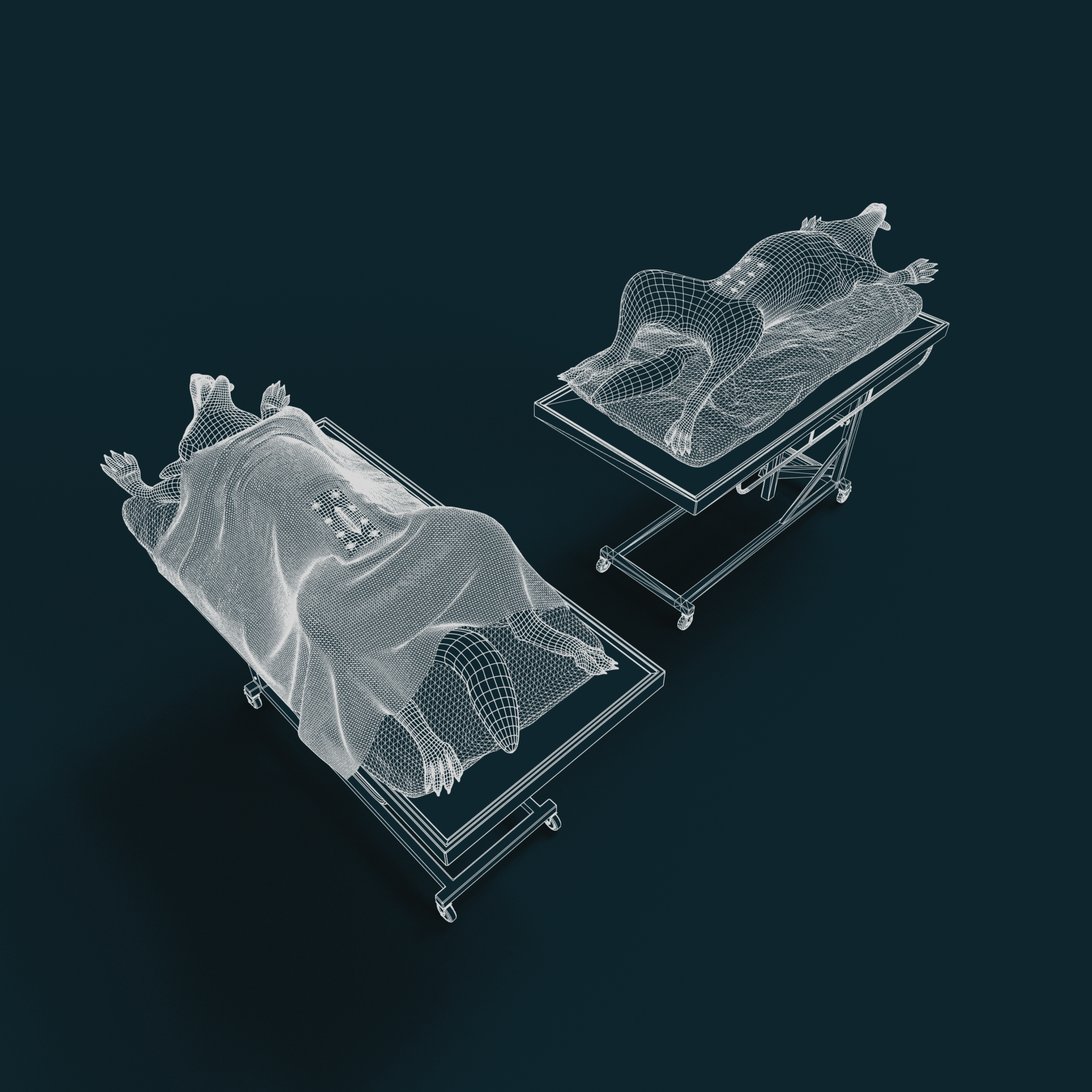
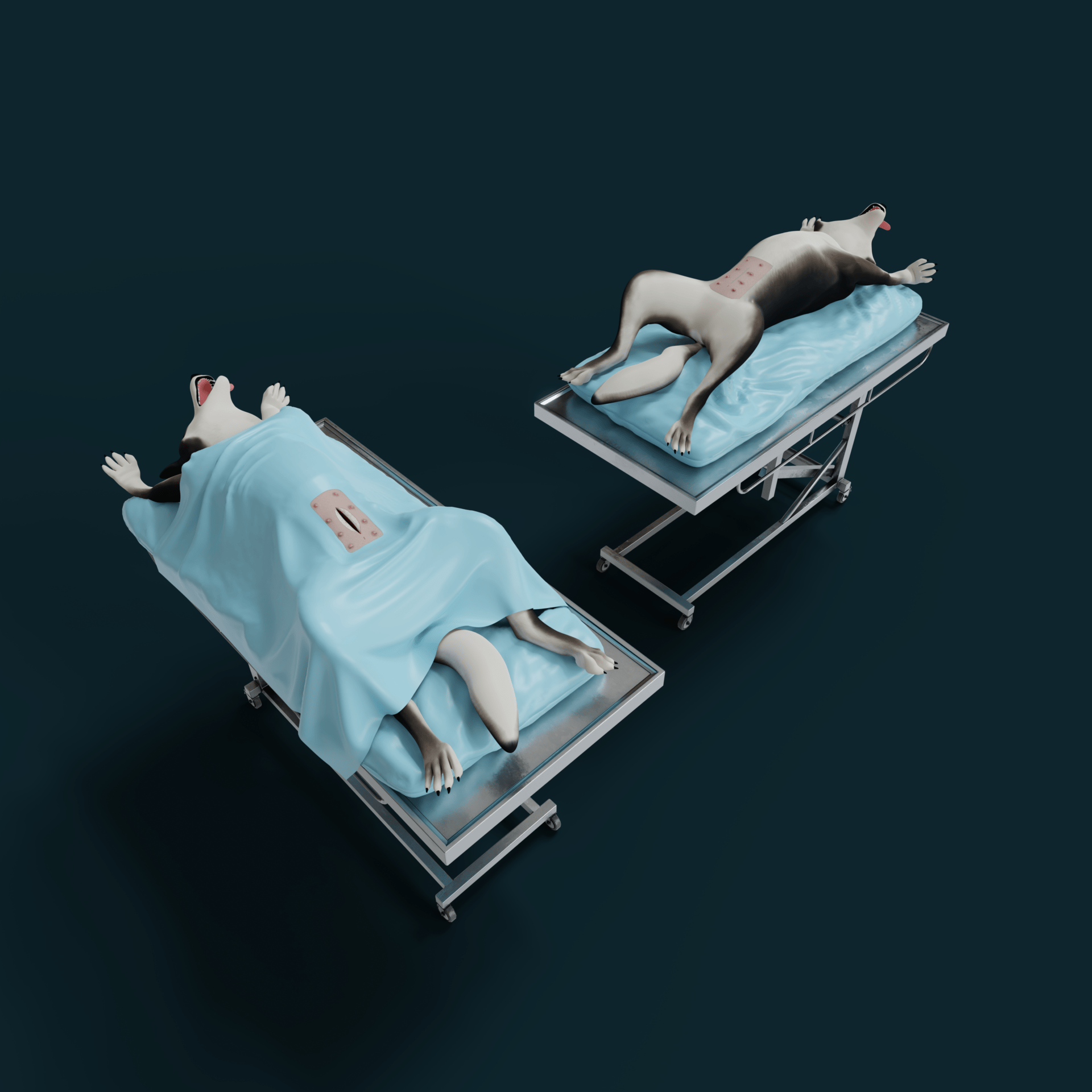
VR training for veterinary students
The positive impact of VR technology in veterinary science is also noticeable in other, larger educational centers. The Agricultural University of Cracow has also invested in this solution. They were looking for a form of teaching veterinary medicine that would be useful for the students and easy to use in class.
In partnership with this university, Giant Lazer has created a VR training course for veterinary students that prepares them to perform surgeries on real animals.
It would not have been possible without many consultations and taking into account comments from mavens in the field of zootechnics and veterinary medicine. Owing to the fact this VR application provides a realistic and detailed experience without hurting the animals.
After putting on the VR headsets, students not only perform operations on virtual animals but also experience smooth gameplay. During this VR treatment, they are constantly informed of their mistakes and allowed to correct them.
Two modes are available to veterinary students and professors: training and examination. Another benefit of this VR experience is the option of viewing one object by many users with access to VR glasses. It is not only virtual cooperation but also the opportunity to learn from mistakes without making them.
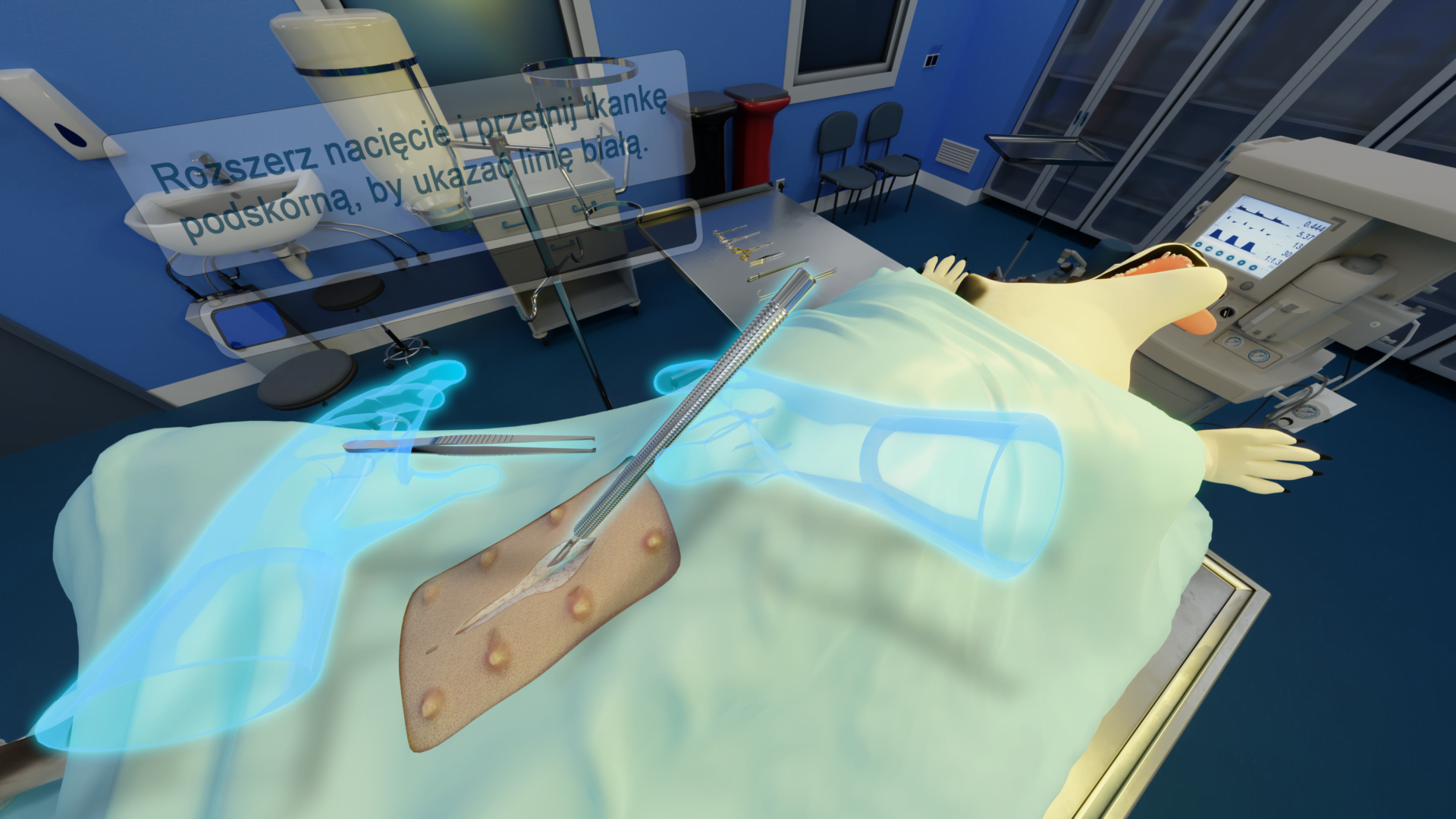
See how we train future
veterinary specialists
An enjoyable way of learning the basics of veterinary medicine and animal anatomy with VR
Before a student goes into the operating room or even takes some hands-on VR training, they need to do something most students don’t like to do – learn the theory.
In areas such as veterinary medicine or zootechnics, students can’t just learn to forget information right after sitting the exam. To graduate and safely perform procedures on animals, knowledge must stay in the minds of veterinary students for much longer.
We have often mentioned the advantages of using immersive teaching techniques and VR in education. Also, in the case of veterinary science, these techniques are a beneficial solution for students.
The drawings in veterinary textbooks show animals and their organs in the still form of 2D images. However, as most know, animals rarely stand still during the procedure. So how should students use this knowledge if it doesn’t reflect reality? They can take advantage of VR technology and enter the animal’s ribs!
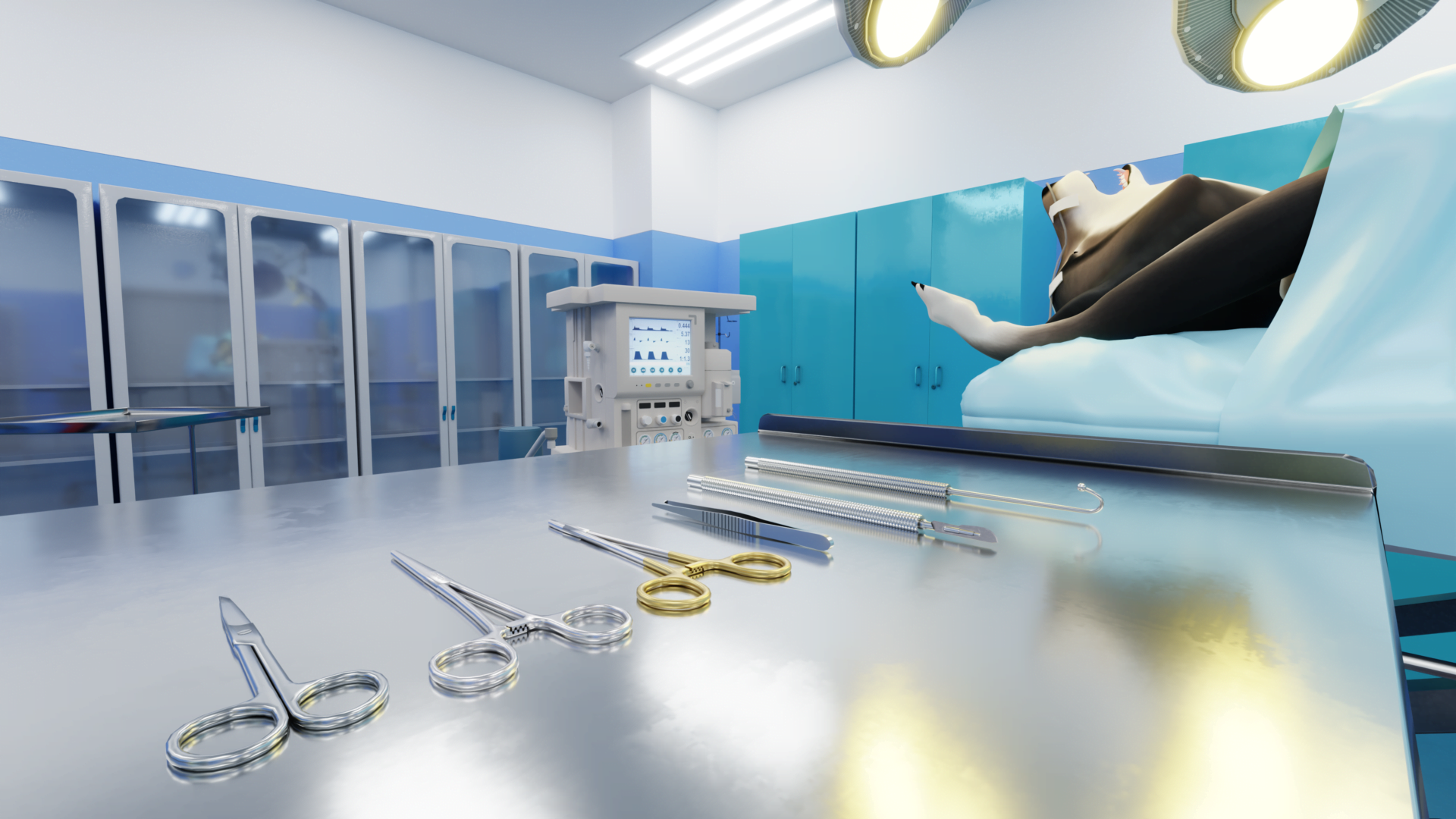
Thanks to this VR experience, students can see animals up close without hurting them. This provides a better spatial understanding of the body, which allows vets to diagnose diseases more quickly in the future.
As the creators of this VR experience say themselves, so far, anatomy has been taught simultaneously with medical examination, which meant that students were immediately thrown into the deep end. A solution that would allow them to assimilate a mental image of the animal before the examination was highly needed.
Students praise this solution and say there is no more exciting and engaging way to learn veterinary theory.
Read more
VR lab in your school. It is easier than you think!
More than VR glasses. VR laboratories are the next stage in the development of this technology. All the VR apps you need in one place with one multi-tasking system. One of the most modern VR laboratories in Poland. VR glasses, green box, and many other advanced...
How can we mitigate climate change with VR and AR?
Virtual reality and augmented reality are becoming increasingly popular in a wide range of industries, including entertainment, education, and healthcare. In recent years, there has been a growing interest in using immersive technologies to address the issue of...
Immersion helps children affected by war trauma
Unfortunately, wars happen daily. They affect not only adults but also children who are observatories of older's conflicts. Educational workshops gave them a chance to learn, socialize and have fun in a safe environment. Virtual reality technology allows the...


